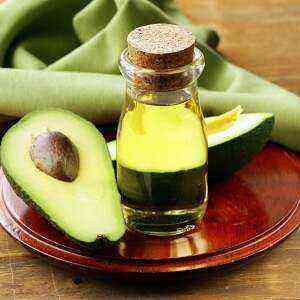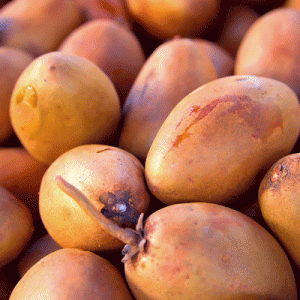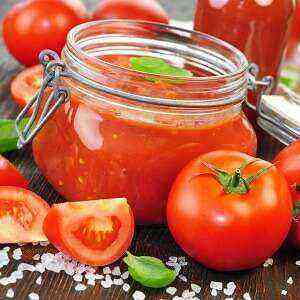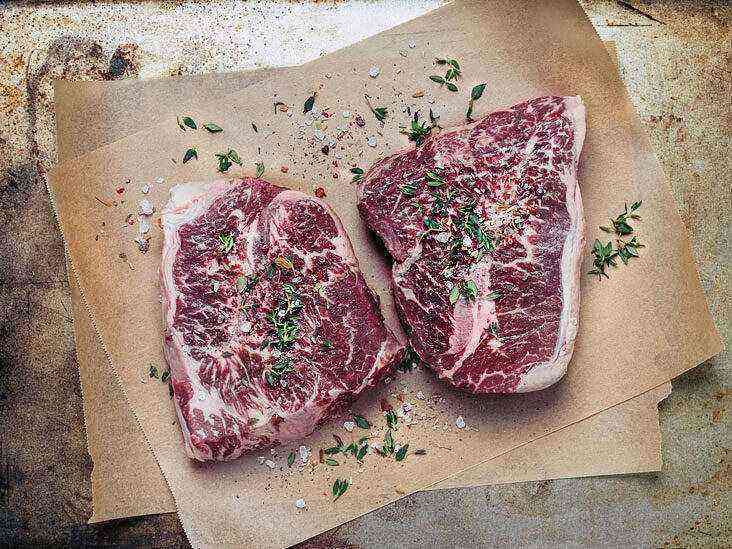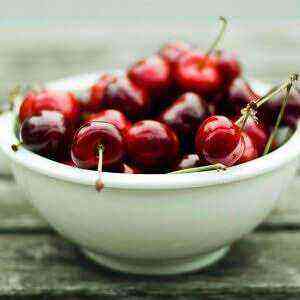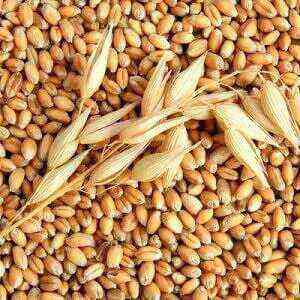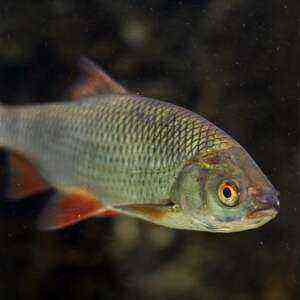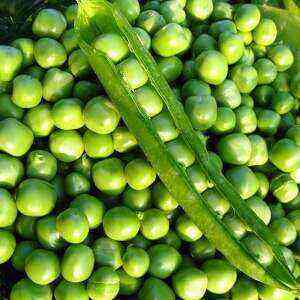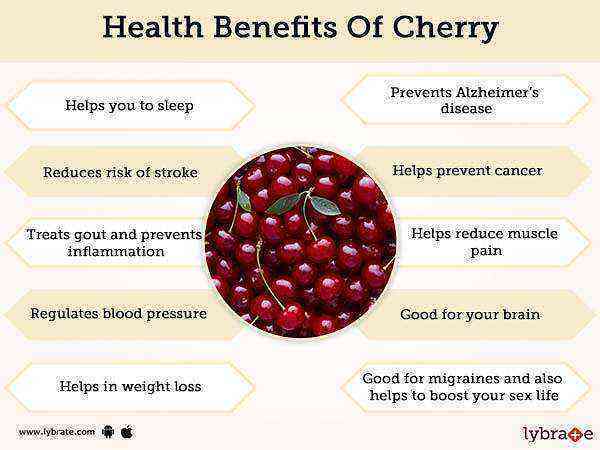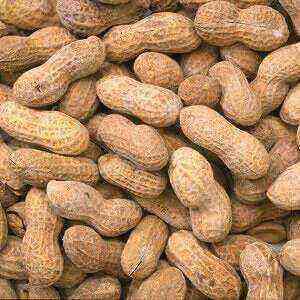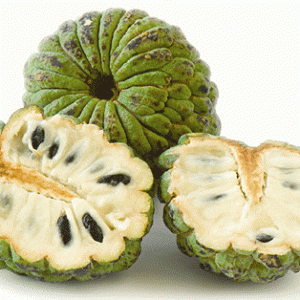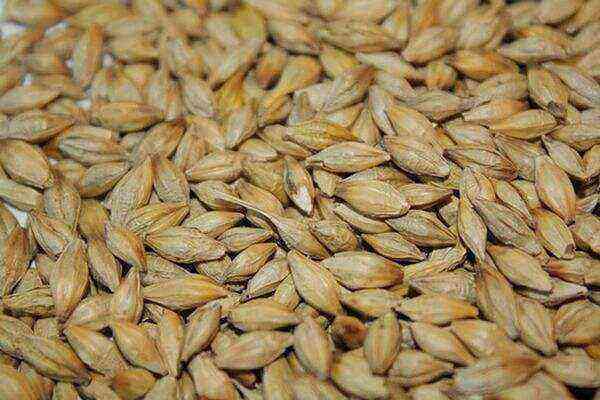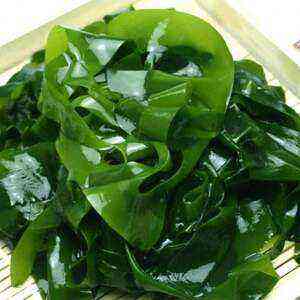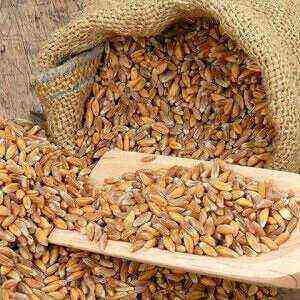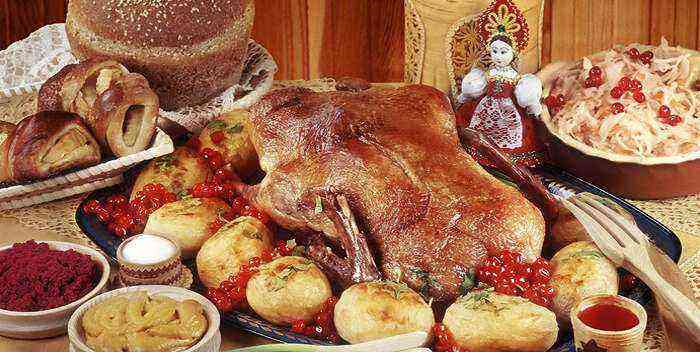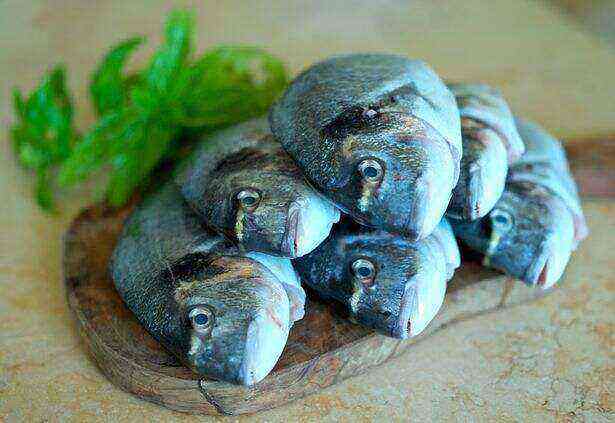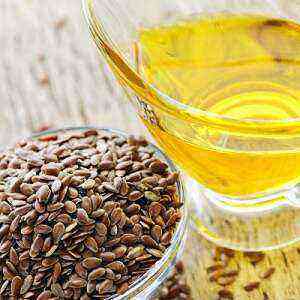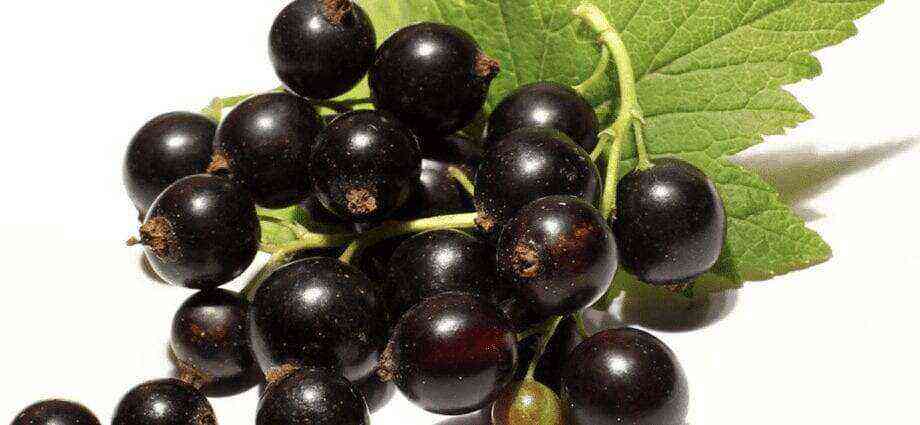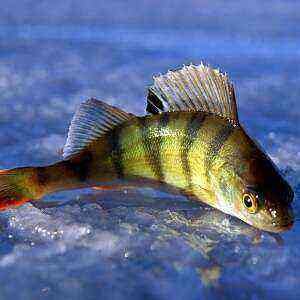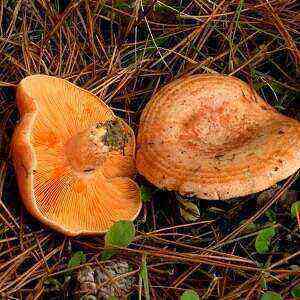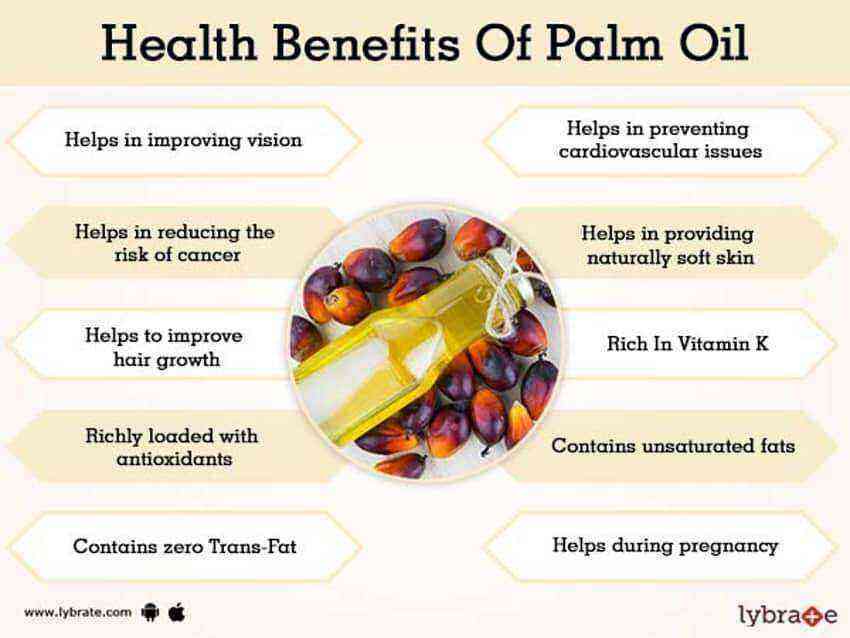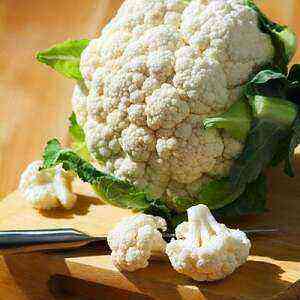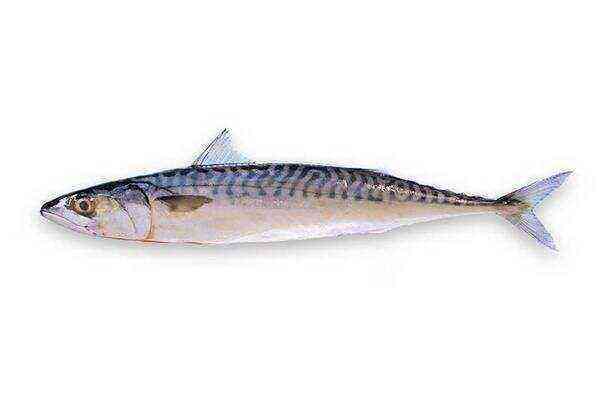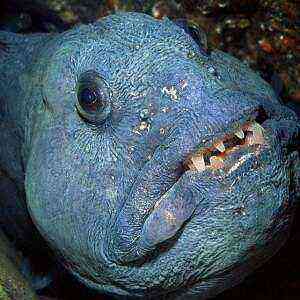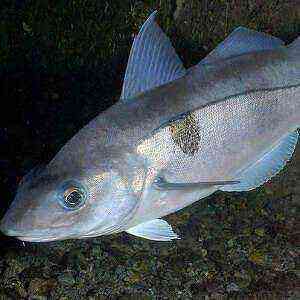 Very gentle, tasty and dietary haddock fillets love to cook both the chefs of expensive restaurants and housewives. This fish can be prepared in almost any way, and dishes from it are always a masterpiece of culinary art. But in addition to notable gastronomic characteristics, haddock fillet is also a source of many trace elements useful for humans. Some of these substances can be obtained exclusively from fish.
Very gentle, tasty and dietary haddock fillets love to cook both the chefs of expensive restaurants and housewives. This fish can be prepared in almost any way, and dishes from it are always a masterpiece of culinary art. But in addition to notable gastronomic characteristics, haddock fillet is also a source of many trace elements useful for humans. Some of these substances can be obtained exclusively from fish.
General characteristics
Haddock is a silvery marine fish of the cod family. It is a traditional dish in the Mediterranean countries, although it is found in the colder waters of the North Atlantic Ocean and in the Arctic. This fish with dark spotted sides and a white belly can grow up to 150 cm and weigh one and a half dozen kilos, but more often 2-3 kg specimens up to 60-70 cm are found.Its characteristic features are a body slightly flattened on the sides and dark oval specks near the head …
Haddock usually live in the depths of the ocean, but in the warmer months of the year they swim closer to the coast. Its traditional diet is crustaceans, mollusks, starfish, sea cucumbers, squids, crabs. But from spring to late autumn, she herself becomes a target – the dietary meat of this fish is appreciated in the fishing industry.
Since haddock lives in cold seas, it develops rather slowly: commercial size reaches approximately one year of life on 7. But the slow growth of haddock caused the fish to be endangered. On the world market, the popularity of this fish is growing rapidly, poachers, ensuring the demand of consumers, are catching it in large quantities.
Today it is the third most popular cod fish. In numbers of annual catches, it is second only to cod and pollock. And this is despite the fact that haddock is a “copy” from the International Red Book.
Nutritional value
 Looking for fish with a rich nutritional composition – haddock will satisfy your needs. Her fillet is an ideal combination of a large amount of protein and a small portion of fat. 100 grams of fresh fillet contains 76 kcal, 17,5 g of protein and less than 1 gram of fat (the rest of the fat is concentrated in the liver of the fish, which sometimes can be almost half of the total weight of haddock). In addition, this fish contains carbohydrates, vitamins, minerals in the proportions necessary to maintain the healthy functioning of the body. Haddock is rich in polyunsaturated fatty acids – substances that are extremely important for humans, which our bodies are not able to independently produce.
Looking for fish with a rich nutritional composition – haddock will satisfy your needs. Her fillet is an ideal combination of a large amount of protein and a small portion of fat. 100 grams of fresh fillet contains 76 kcal, 17,5 g of protein and less than 1 gram of fat (the rest of the fat is concentrated in the liver of the fish, which sometimes can be almost half of the total weight of haddock). In addition, this fish contains carbohydrates, vitamins, minerals in the proportions necessary to maintain the healthy functioning of the body. Haddock is rich in polyunsaturated fatty acids – substances that are extremely important for humans, which our bodies are not able to independently produce.
As already mentioned, haddock is rich in vitamins, on which the state of the whole organism depends. So, vitamin A as an antioxidant protects against free radicals and prevents eye diseases. B vitamins regenerate cells and tissues, are responsible for the health of hair and skin. It is extremely important that the group of vitamins B in this fish is also represented by component B12, which is present exclusively in products of animal origin, but is indispensable for humans. This vitamin is important for the proper functioning of the nervous system and the healthy functioning of the brain. Adequate intake of B12 is the key to the absence of anemia. Vitamin D, also found in fish, will help maintain the strength of bones and teeth.
No less rich is the mineral composition of haddock fillets. Scientists have found sodium in this product – it is useful for muscles, phosphorus is important for the proper functioning of the kidneys, magnesium and calcium, which have a beneficial effect on the state of bone tissue, and selenium, a powerful antioxidant that prevents cell mutations.
Protein from fish is a source of essential amino acids that our body is not able to produce on its own, but without which it cannot function properly. Amino acids must be ingested with protein-rich foods. These substances affect the growth and development of muscle tissue, accelerate metabolism. And one more interesting remark: the proteins contained in haddock fillet are absorbed more easily by the body than proteins from meat.
Benefits for the body
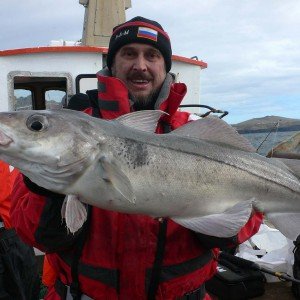 Probably, if there were no other beneficial components in haddock, except for omega-3 fatty acids, it would still remain one of the most useful foods. Judge for yourself: Omega-3s prevent the malignant degeneration of cells in our bodies, thereby protecting against cancer. These fatty acids are indispensable for patients with rheumatoid arthritis, as they significantly reduce pain and prevent complications. The benefits of Omega-3 for pregnant women are undeniable: the correct development of the brain in an unborn baby depends on fatty acids. And now, information that is useful to absolutely everyone: haddock, as an omega-containing product, reduces the concentration of bad cholesterol in the blood and reduces the likelihood of heart disease.
Probably, if there were no other beneficial components in haddock, except for omega-3 fatty acids, it would still remain one of the most useful foods. Judge for yourself: Omega-3s prevent the malignant degeneration of cells in our bodies, thereby protecting against cancer. These fatty acids are indispensable for patients with rheumatoid arthritis, as they significantly reduce pain and prevent complications. The benefits of Omega-3 for pregnant women are undeniable: the correct development of the brain in an unborn baby depends on fatty acids. And now, information that is useful to absolutely everyone: haddock, as an omega-containing product, reduces the concentration of bad cholesterol in the blood and reduces the likelihood of heart disease.
Researchers say that some haddock carcasses (per 100 g of product) contain almost 40 percent of the daily protein intake. And it is known that it is necessary for the prevention of many chronic diseases, including cardiovascular, osteoporosis, cancer, and diabetes. Low calorie haddock protein is useful for the proper functioning of the stomach and other digestive organs. In addition, diabetics can include this fish in their diet – low-fat protein will not provoke a sharp surge in blood sugar.
Haddock is a useful product for pregnant women and people with thyroid dysfunction. Like all seafood, this fish is rich in iodine reserves, and it has been proven to regulate the thyroid gland, and is useful for adequate metabolism.
How to cook
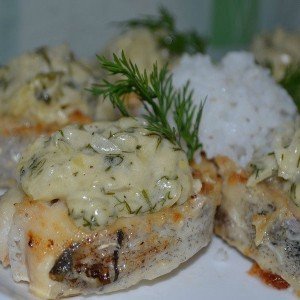 Haddock cooked in one of the most popular recipes is a slightly salted fillet, rolled in breadcrumbs and baked with a little butter. In this form, the fish turns out very delicate and practically melts in the mouth. But before haddock turns into a fragrant dietary dish, her carcass must be properly cut.
Haddock cooked in one of the most popular recipes is a slightly salted fillet, rolled in breadcrumbs and baked with a little butter. In this form, the fish turns out very delicate and practically melts in the mouth. But before haddock turns into a fragrant dietary dish, her carcass must be properly cut.
It is important to gut the caught fish as soon as possible and then put it on the ice (regularly change the ice so that the fillet is not in the warm melt water). This technique will help to preserve the freshness of haddock longer. But even in this form, the fillet spoils very quickly. But deep freezing will save the fillet to six months.
The kitchen usually uses peeled fish fillets. It can be cooked, fried, baked, steamed, used for cooking stuffing and stuffing. Suitable for freezing, salting and smoking. By the way, smoked or pickled carcasses acquire a deeper flavor. Its tender white flesh is valued for its good taste and pleasant aroma. Haddock and cod are interchangeable in many recipes.
It goes well with savory sauces, vegetables and rice.
Fish pie
Boil a few pieces of haddock in a small amount of water, adding whole onions, black pepper, bay leaf to it. Remove the prepared fish, and strain the broth. Melt about 100 g butter in a separate saucepan and add a little flour diluted in water. The result should be a paste, the consistency of resembling thick sour cream. In small portions (approximately 50 ml) add 350 ml of milk. Constantly stirring the sauce, pour 0,5 l of fish stock into it and continue cooking for another 5 minutes (a rather thick mass should be obtained). Remove from heat, add a little lemon juice, green parsley, spices and sorted into small slices of haddock fillet. Mix gently.
Put the pre-cooked potatoes in a greased baking dish in an even layer (add a little butter and milk to the puree). Put the prepared fish filling on top. The top layer is again a little mashed potatoes (for easier distribution of the potatoes, you can use a meat grinder: grind the potatoes directly onto the pie). Sprinkle with herbs and bake for 10 minutes.
Fish baked with vegetables and mushrooms
Cover the baking sheet with parchment, grease with vegetable oil. Put haddock fillet greased with a small amount of tomato paste at the bottom. Sprinkle with chopped olives, mushrooms, corn and parsley. Mix grated cheddar, crackers and ground black pepper. Sprinkle the contents of the pan with this mixture. Bake for 20 minutes. Serve with stewed vegetables.
There are products that not only supply energy and satisfy hunger, but also supply the body with many useful components, strengthen health, improve the functioning of organs and systems. Haddock, an amazing fish from the Red Book, belongs to such tasty and healthy.


